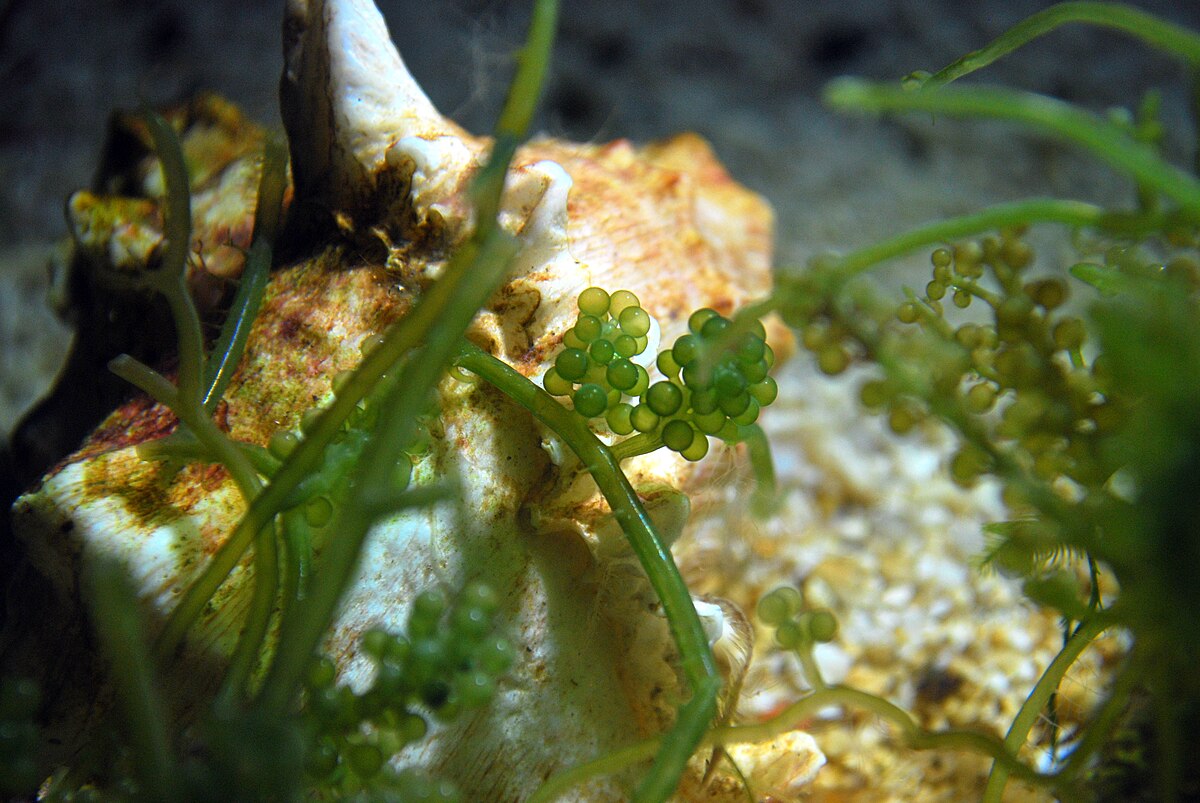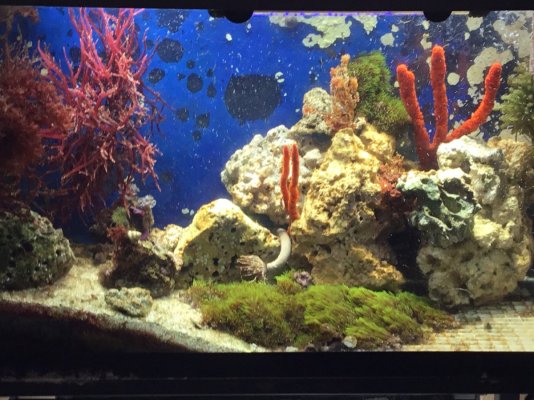Rp8
Valuable Member
View BadgesLouisiana Reef Club
CRC Member
Midwest Reefer
R2R Secret Santa 2023
My Tank Thread
My Aquarium Showcase
Hard pass for me
Follow along with the video below to see how to install our site as a web app on your home screen.
Note: This feature may not be available in some browsers.
I had C. prolifera and it did just what its name suggests. The problem I had with it was it going sexual when I moved it out of the main tank and into a QT tank (for Fluconazole treatment in the main tank). In the QT tank it went sexual and I had stuff growing on every surface. Ended up bleaching and tossing the whole lot and don't plan on getting C. prolifera again. Possibly one of the other species, but then again its illegal to ship Caulerpa to CA. Hence the bleaching.
I have been wanting to get some Caulerpa lentillifera. I Can't find anyone with any!!!!I used to grow Caulerpa for nutrient export? With mature systems, I no longer need nutrient export so I grow ornamental seaweeds like Bortacladia & Gracilaria Hayi.. I have a start of Sea Grapes which I will use for humane consumption:
Caulerpa lentillifera

Caulerpa lentillifera - Wikipedia
en.wikipedia.org

If I could take it from you, I wouldI have the grape kind. The tanks thankfully keep this horror out of the display but the molly tank and the QT are horribly infested.
I swear to god this stuff grows in the dark. It's insane.
For those interested in purchasing live seawwed, I suggest GulfCoast EcoSystem & IndoPacific SeaFarm?I walk on this beach every morning and whenever I find something interesting, I throw it in my tank. None of it lives long from my cold New York water but it is cool for a while.
Good morning @Paul B
I wish I had your beach to walk on. Because I am 100 miles from a beach I go online to bring the beach to my home in Austin.
Table of Contents |
| ||||||||||
Kudos to this post. Nutrient recycling at its finest!15 years ago I had high nitrates and couldn't keep caulpera in my tank with tangs and crabs.
So I installed egg crate 3" in front of the back glass supported by rocks on the bottom and power heads at the top.
I then added two two tube flourescent shop lights 6 " behind the back glass pointing forward. and added cheats and caulpera profilera in the space between the back glass and egg crate.
The macros thrived, nitrates dropped to ummeasureable with the api test kit in three weeks. and pods thrived there as well.
meanwhile the tangs enjoyed eating the macros that popped thru the egg crate. and a watchman gobie would slide thru the egg crate to enjoy pods as well.
FWIW heavy fish load, tap water, no water changes, simple soft corals like button polyps.
